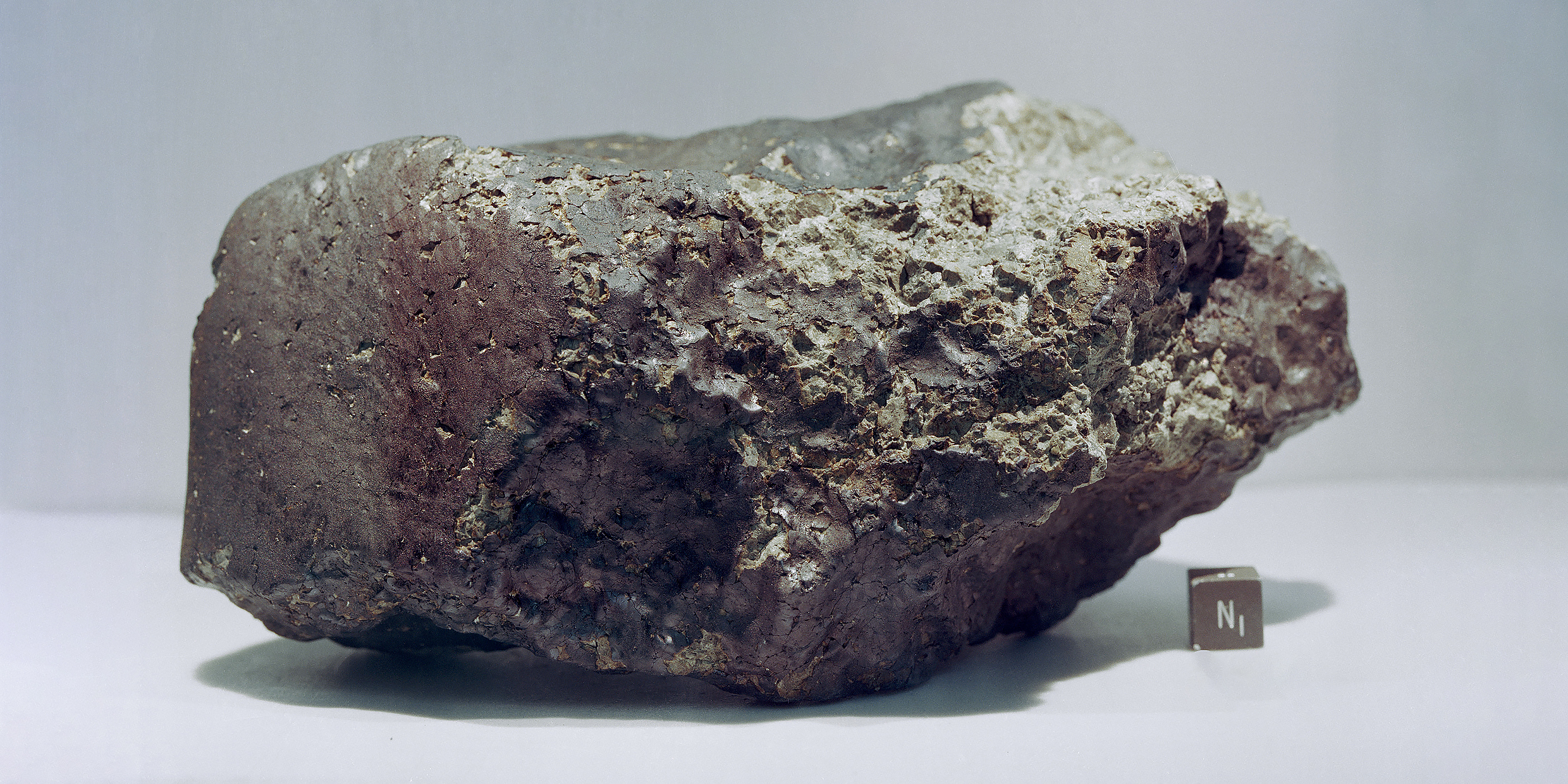Originally published 30 June 1997
It has been nearly a year since the headlines screamed “Life on Mars!”
After an initial period of wild enthusiasm in the media and among the public, things settled down. It soon became clear that evidence for life on Mars was sketchy at best, and that even if Mars did once support life, we have scant expectation of finding Little Green Men when the Mars Pathfinder mission sets down on the Red Planet later this week.
Still, the possibility that life once existed on Mars (or might still exist) is exciting, and, if confirmed, will be one of the great science stories of our time. But there is another story behind the headlines — a story of how science works.
It centers, symmetrically, on the paper by David McKay NASA’s Johnson Space Center and colleagues that caused all the commotion when it was published in the journal Science last summer.
The paper noted three pieces of evidence for past biological activity in the Martian meteorite known as ALH 84001:
- Microscopic shapes that resemble fossil bacteria.
- Microscopic mineral grains of a kind that are sometimes associated with biological activity on Earth.
- Small quantities of organic molecules known as “polycyclic aromatic hydrocarbons,” or PAHs, that can sometimes form during the decomposition of terrestrial bacteria.
None of these observations alone makes a convincing argument for biological activity, and each might have a non-biological explanation. Taken together, McKay’s group said, they make a strong case for life on Mars.
The meteorite ALH 84001 was found on the Antarctic icecap in 1984. That it came from Mars is generally accepted. It contains traces of gases that are similar in composition to the Martian atmosphere, as determined by the Viking Lander spacecraft in 1976. It is similar to other meteorites of a presumed Martian origin.
The meteorite was studied for a decade before the McKay team started its investigation. It was known from radioactivity analysis that the meteorite had cooled from molten lava about 4 billion years ago, early in the solar system’s history, and that it was heated again and deformed by a strong shock, perhaps by the impact of an asteroid somewhere nearby on the surface of Mars.
Sometime after this impact, possibly about 3.6 billion years ago, some kind of liquid flowed through pores in the rock and deposited globules of carbonate minerals. Much later, there was another shock, probably the asteroid collision that ejected ALH 84001 from Mars.
Most of this scenario is undisputed, although the relevant scientific papers are full of words like “seems,” “perhaps,” and “possibly.” As is usual in science, it is the convergence of many lines of evidence that gives credence to the story.
If ALH 84001 had its origin near the surface of Mars, and if water percolated through its pores, and if Mars was warmer and wetter then than now (as was almost certainly the case), then these would appear to be ideal circumstances for life. Volcanic rocks from three miles below the Earth’s surface in Washington State contain the kinds of biological activity proposed for Mars: tiny organisms living off rock and water.
Nevertheless, before publishing their paper, McKay and his colleagues went to great lengths to show that their evidence was not the result of contamination on Earth or artifacts of the way their sample was prepared. For example, they looked for similar features in other rock samples that had been treated in exactly the same way as the meteorite. They also compared ALH 84001 to other Antarctic meteorites of non-Martian origin.
Only when they were convinced that their evidence was authentic did the McKay team go public. They were careful to state explicitly that the evidence was suggestive only, not proof of their hypothesis.
Little of this painstaking preparation was reflected in last summer’s blockbuster news story.
Since the story broke, ALH 84001 has been studied as extensively as any rock in history. Bits of the meteorite were divvied out by NASA to serious researchers. The meteorite has been examined with electron microscopes, chemically, mineralogically, and isotopically — using every available technology.
Not all of the studies have yielded consistent results. For example, researchers have come to dramatically different conclusions about the temperature at which the carbonate globules formed, a crucial point, since life would be highly unlikely to occur at the higher range of proposed temperatures. Dozens of papers have been published or presented at conferences challenging or supporting the McKay conclusions.
So where does the issue stand today?
There has been no knock-out punch delivered to the hypothesis of Martian life, but researchers have shown that each line of evidence can be accounted for in non-biological ways. The authenticity of the so-called “fossil bugs” in ALH 84001 is still a toss-up.
Meanwhile, the engine of science grinds on, out of sight of the news media, testing, contending, winnowing, putting the screws to nature — casting the cold light of skepticism even upon an hypothesis that we very much want to believe.



